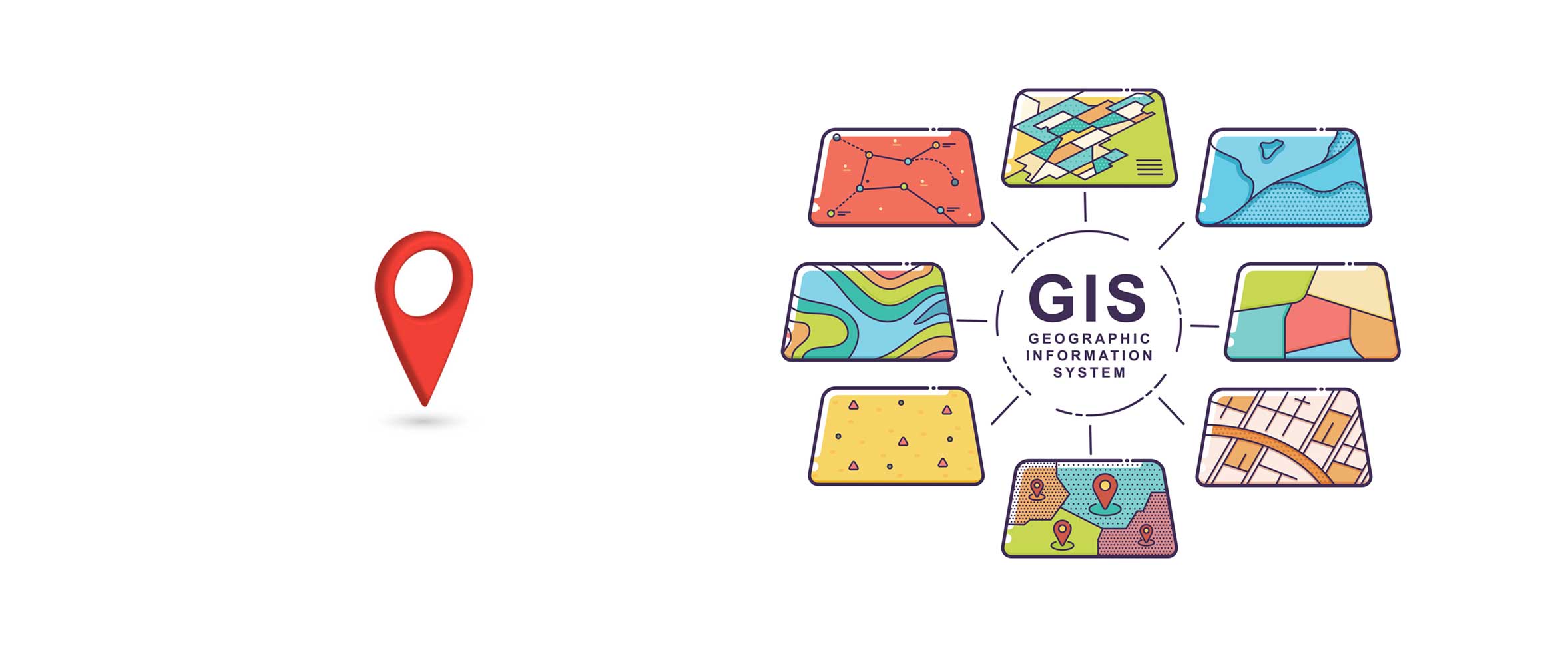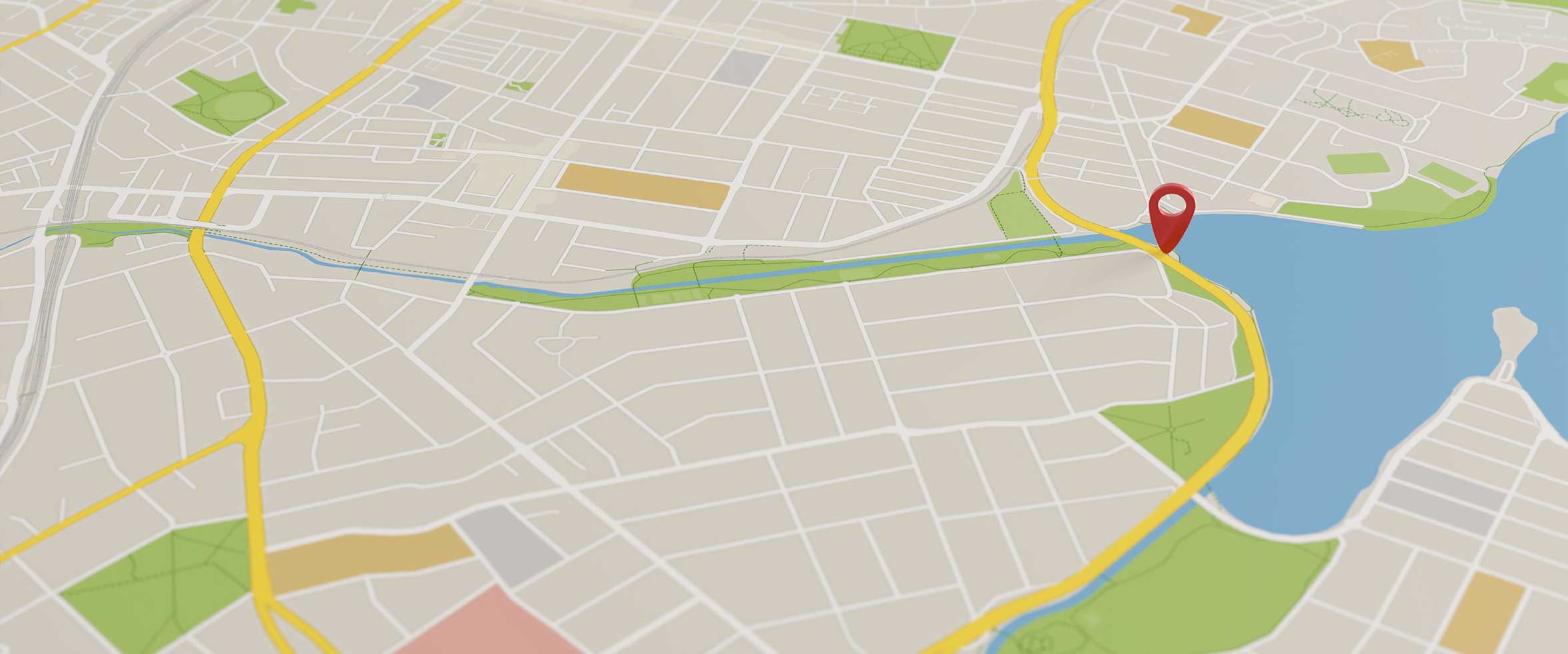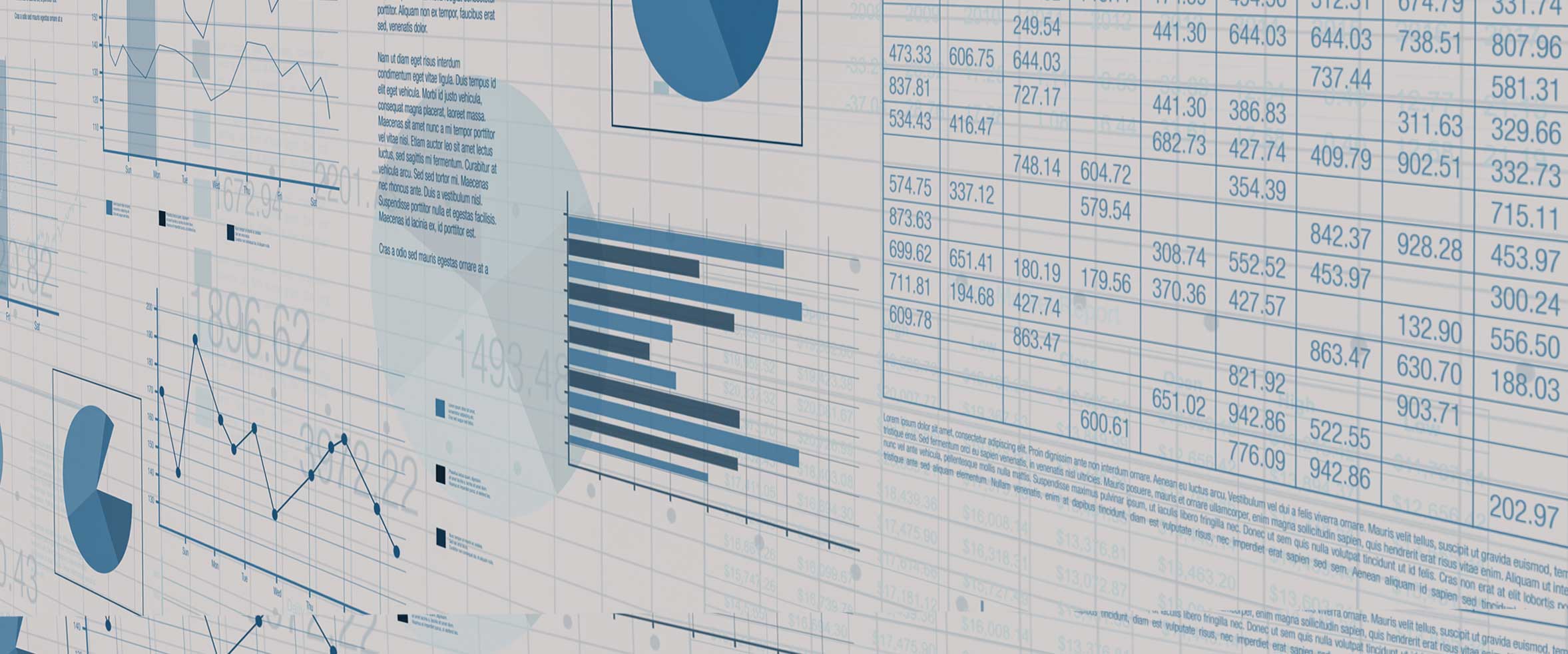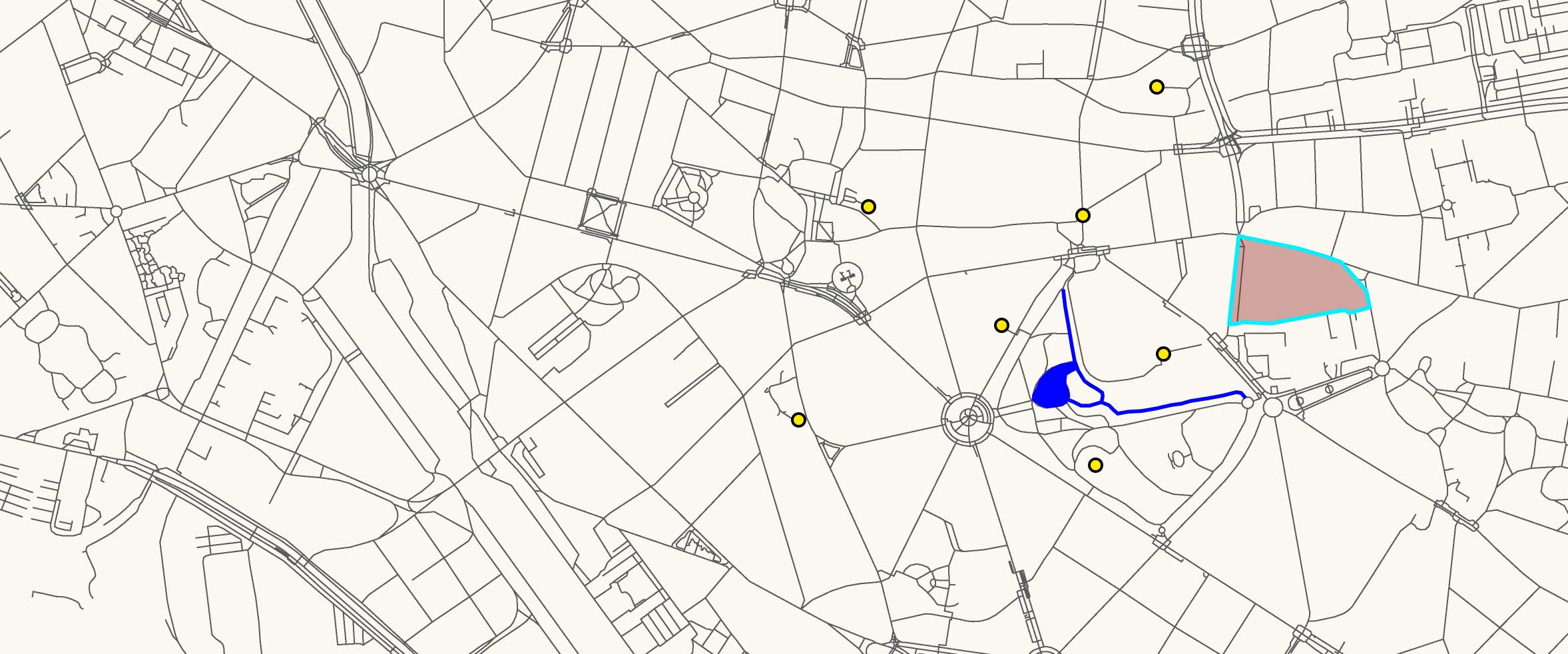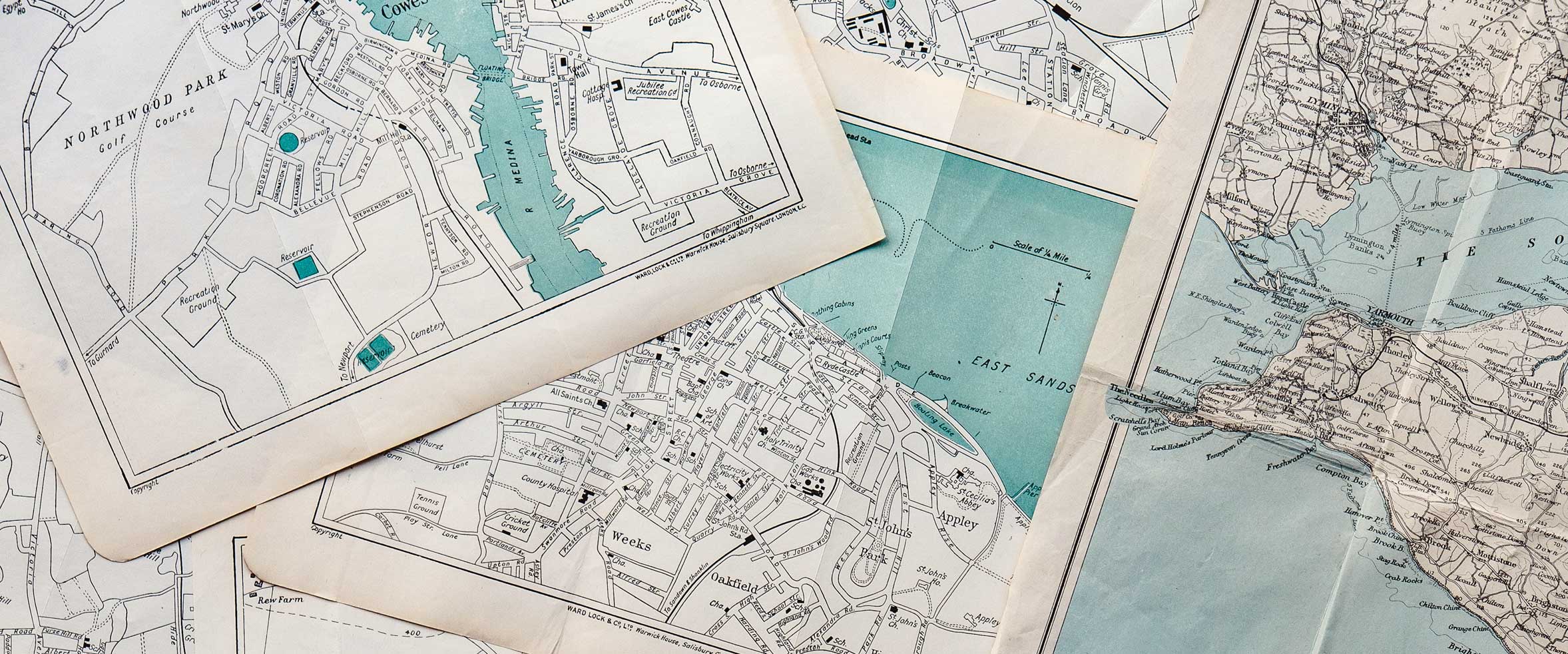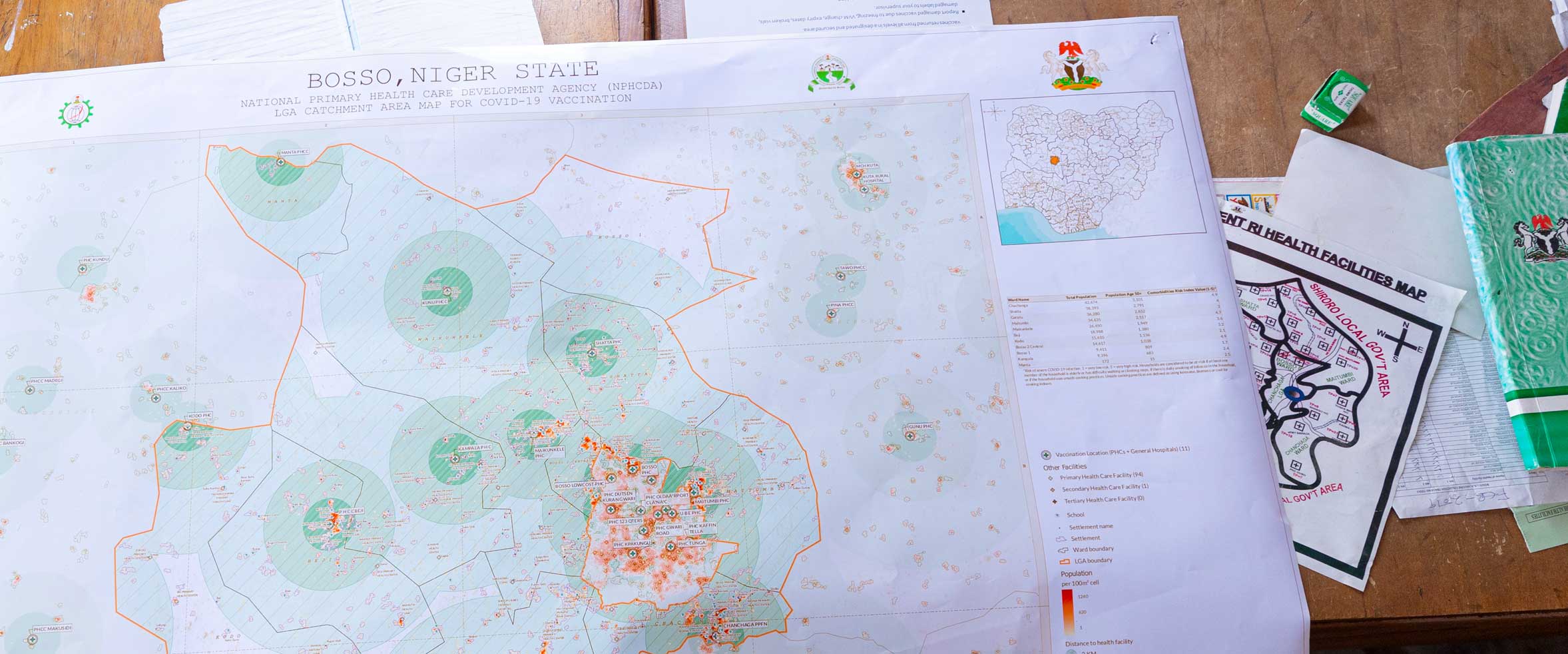In this section the aim is to break out of GIS theory and focus on how the technology is applied; specifically, how it makes a positive impact in people's lives. This page is an expanding library of case studies for your reference. It doesn't contain practical exercises. Check back regularly for new stories and relevant links from the Data for Development community.
Who is it for?
Anyone with an interest in the sector. It is particularly relevant for those working in government administration or NGOs, especially in health, education, population (census) or regional/national infrastructure.
Pre-requisites
: None


